Now that the photos have been rescued, the latkes have been cooked and consumed, Christmas pavlova has been ingested and copious amounts of iced drinks sit ready and waiting for me to guzzle, I can finally take a minute and talk about Suriname.
I arrived to Paramaribo late, and my guesthouse had sent a shared taxi, which I took from the airport all around Paramaribo, which, per usual, did nothing to orient me to the city. Please ask my friends and family about my ability to get lost. It is mythic. Someone should write a book called “The girl who mistook east for west” and dedicate it to me.
I woke up the next day, hugged my air conditioner good morning and set about trying to set up some tours. What I’d most wanted to do was go on Cynthia McLeod’s Sweet Melodia tour. She’s a famous Surinamese author and knows a ton about history and is a great storyteller. Everyone said to take the tour. So I tried. Goodness knows I tried. The tour the next day was booked. The next one after that, which I stayed in Paramaribo extra days for was cancelled. Then I came back early to Paramaribo to catch the tour the following week, cancelled again. Sadly, it was not meant to be. Cynthia and I may never meet. I can only hope she’s as broken up about it as I am.
I also quickly noticed, as sweat poured out of areas of my body I did not know had pores, that there is not alot (warning, foolish understatement of the century) of English-speaking or English-centered tourism in Suriname. This does not mean that people don’t speak English. On the contrary, many, many people speak English, and speak it so well, that you occasionally wonder if they are native speakers with aphasia. Everything’s going great, not a word out of place and suddenly they stumble over how to say Onafhankelijksplein (Independence Plaza). Not like I could say Onafhankelijksplein properly if I tried. I learned quite a lot of Dutch, important words like left, right, turn, speedbump, one English-speaking woman, two small bags, butterfly and thank you. I can also recognize quite a lot of Dutch on a menu, like the only time I ate cheese in Suriname, which was at the Zus & Zo café, which was in the form of Uitsmijter, an open-faced egg sandwich, another word my seemingly aphasic waiter (perfect English, missing words) couldn’t find.
Over the course of my time in Suriname, I met three English-speaking “tourists,” one of whom was an Irish guy who was “doing South America” (heaven only knows what he was doing to it), an anthropologist from England, and a doctor-in-training from Northern Ireland, who was in Georgetown, Guyana, working at a hospital that he claimed had three flavors of patients: malaria, HIV, and gunshot wound. He had fled for the Guyanese elections, and strangely, wore a white button down shirt and khakis at almost all times, including when he bathed in a waterfall at Brownsberg, though for this he removed his fedora. I also met some American teachers who were in-country teaching at an American school through a Christian group. I would not have met them but for luck, both at the independence day celebration and then (a different group of them) on the same Brownsberg tour as the guy with the fedora. I also overheard some American missionaries in the main souvenier store in Paramaribo, ReadyTex (where I actually bought a couple of small items, including a watercolor painting I will probably never hang, up, but which I love). I went to talk to them and discovered that they live in Las Condes, Santiago. Small world.
But that is not to say that being an English-speaker is a problem in Suriname. You will find people who speak English. Not absolutely everywhere, and the eight other people on the van on my way to Atjoni to catch the boat to Pikin Slee either didn’t speak it or didn’t want to, but the van driver could tell me when we were leaving and how much the trip cost, which was all I really needed to know.
Everyone in Suriname speaks Srnan Tongo. It’s the Surinamese language, a pidgin of sorts, part English, which you can hear in sentences like “me see you,” which Derrick said as we were waiting for his friend to ride bikes along the sea dike in Nickerie. Almost everyone speaks Dutch. A smaller percentage, but still a majority, speak English, either very well, well, or not so well but still better than you probably speak Dutch. I also came in contact with people who speak “Javanese” (an Indonesian language, as there are more than 40,000 Javanese in Suriname), Hindustani, which in this case is actually a Surinamese dialect of Hindi, Portuguese (this in an area of Combe, a sector of Paramaribo, which people call Little Belém, after that city in Brazil) Hakka, Cantonese (both Chinese languages), Aucan and Sarramacans (both Maroon languages, spoken by descendants of escaped slaves in the interior). There are a couple of languages I am probably leaving out, and Aucan and Sarramacans have different dialects as well.
One of my most fun linguistic moments came when I was in the interior, hearing Srnan Tongo and Sarramacans most of the day, interspersed with English when people were speaking to me (for which I thanked them mightily). There was someone I wanted to talk to, one of the founders of the museum in Pikin Slee. I guess he wanted to talk to me, too, since at some point he asked if I spoke “taki taki,” another name for Srnan Tongo. I said no, and so we sat there, not talking to each other. At some point he got up and said some things I didn’t understand, followed by “amanhá.” And so I responded, “amanhá.”
The Dutch speakers asked me if I knew what I’d just said. And I said, sure. I just said I’d see him tomorrow. And when they asked how I knew, I said, “it’s the same in Portuguese.” It turns out Sarramacans is 45% from Portuguese roots. Which explains how even though I don’t speak Sarramacans, or Srnan Tongo, I always felt eerily on the edge of understanding what was going on. Which just makes me want to go back for more.
As do these photos. Peer, and then as you were. Like me, you should probably get back to work soon! Though feedback is always appreciated!







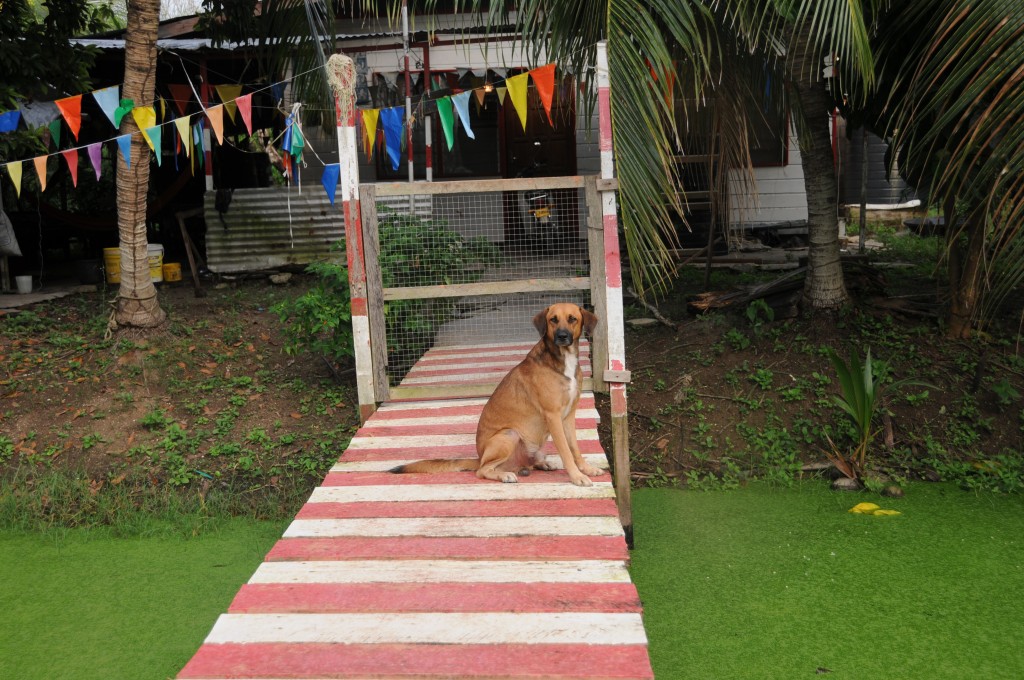

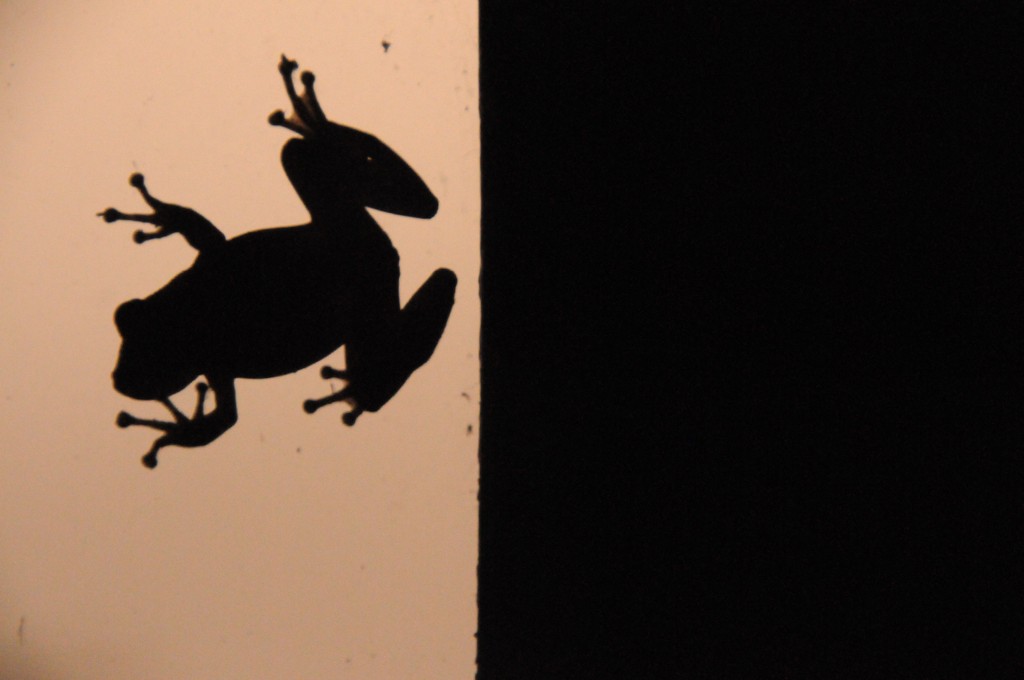
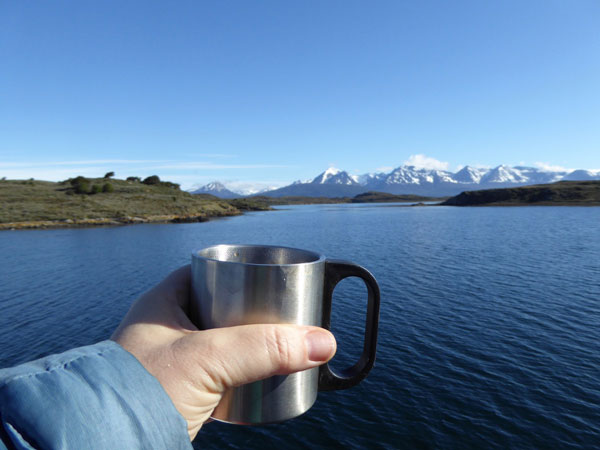

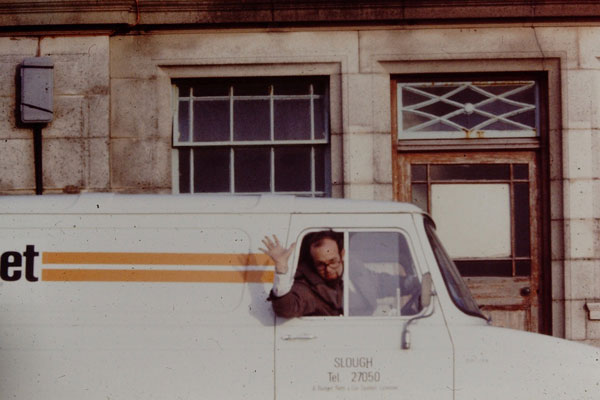


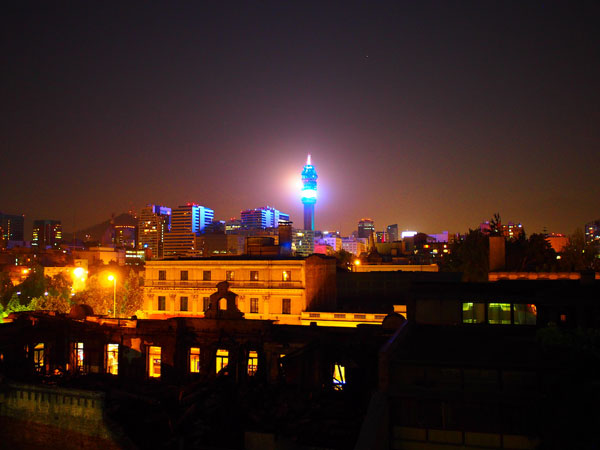



What awesome photos you have there Eileen. I laughed with Exhibit A …. secretly wanted to see exhibit B.
And did you mention Pavlova?
oh, he kept driving, bam, bam, bam, and eventually got past the posts. I bet he got a talking to when he went inside. And yes, pavlova, Mandi made it, and she has a tremenda mano de monja. ’twas excellent, finicky oven and all. I’d make it again sometime. So delish!
Great photos thanks for sharing. I really did not imagine Surinam to be such a diverse and interesting place. Makes we want to wander through the Caribbean for a few months starting right now.
It is hugely diverse and interesting. I will say much, much more about it, here and elsewhere. They say they have a great NYE celebration, but I’m not going back until it cools off. And until I can justify it, what with the costs and all. A friend of mine there just saw a panther. A panther! Jealousy strikes.
¡suriñami!
well, I ate roti, the dreaded bakabana (tempura banana, more or less, often served lukewarm), nasi, bami and saoto pretty much exclusively except for when I went to the Dutch café. It was ñami, but somewhat repetitive after a while. Good fruit and whatnot from the market though. Especially the whatnot.
Hi Eileen, great report and thanks for sharing. I’m a native Surinamese, but left the country over 30 years ago with my family when i was a teenager. Thanks for bringing back some good memories! I’ll start following you on twitter.
IAs
I’d love to hear your impressions from when/if you`ve visited Suriname since leaving as a teenager. I can only visit the Suriname of today, so I have no idea what’s different. Thanks for dropping in, and I’ll definitley be posting more. How did you find this post, btw?
Sorry, but the word nerd in me has to ask. Surinam or Suriname? Do they spell it both ways there, any preference if they do?
I guess in the English-speaking world, it used to be Surinam and then changed to Suriname. They say it with a slight -e sound at the end, but then it’s Srnan (surinan) Tongo (the language), so you can see where the confusion lies. I used to spell it Surinam, because that’s how I’d seen it written, and acutally, Surinam Airways still spells it that way.
Word nerds, unite. No one will get angry at you if you spell it the other way, is what I guess I just figured out. In other word nerd news, those tee shirts that say I heart SU kept me thinking, you love my WHAT?
That’s what comes of living in Chile. So stuffy they even piropear en usted conj.
jajjaaj. I was very tempted to buy some of the many shirts to give as gifts, but I suspected they’d never get worn, so instead I took many pictures. Hope you get some good vacation time in this summer, btw!
Nice pictures. Suriname looks so…New Orleans!
Former European colony in a humid place? Maybe that’s it. My only experience with New Orleans ended with me seeing it disappear in the rear view mirror as we fled Katrina. I am happy to report I had no such near-misses in Suriname!
Nice pictures, Eileen! I remember the ones you took on Indepence Day while you were wandering through Paramaribo with us that day.
Great reading your report about Suriname. It brought back nice vacation memories. Looks like you also had a great time there.
Sorry to hear that you also didn’t get to do the boattrip with Cynthia Mcleod. We know how dissappointed you must felt…
Hi Eileen! =)
I really enjoyed reading your posts about your time in Suriname. I’m learning Dutch and Portuguese at the moment, so this post has made me a little (understatement) excited and inspired me to attempt a trip myself!
If I make it, I’ll probably be travelling alone, do you advise it? (I’m a little green to travelling sólita)
Gracias y saludos desde otra Santiaguina-adoptiva,
Lucy